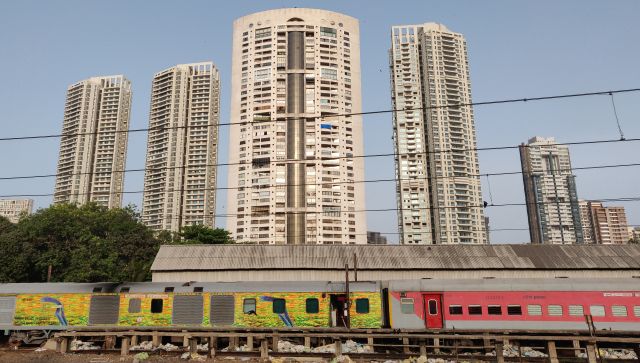The country was able to implement one of the biggest taxation reforms – Goods and Services Tax (GST) – under the due guidance of Prime Minister Shri Narendra Modi, significantly aiding the ease of doing business across industries. The changes introduced through this reform primarily focused on rationalizing rates, simplifying procedures, and curbing tax evasion. With GST coming into play in the last five years, the indirect taxation in this country has been completely overhauled. This has subsequently helped stabilizing the financial system, better administration of taxes, while removing internal trade barriers which has been deterrent to businesses. GST has unlocked India’s economic potential This reform has unlocked India’s economic potential significantly by simplifying the indirect taxation system for all industries including real estate. As one of the toughest reforms in the country that involved states giving up their tax sovereignty in the larger scheme of things to benefit country’s GDP and taxpayers has not only increased momentum for the flow of goods across state borders but has helped achieve uniformity of rates across demographies. Real Estate continues to be one of the most vital pillars of the economy contributing about 6% to 8% to the GDP’s share while it also continues to be the second-largest employer after the agriculture industry. Hence, assimilating and implementing such a voluminous change for a vast industry was ought to create challenges. For the real estate industry, it helped dovetail the challenges with multiple developers and created a transparent practice by providing a robust ecosystem. New tax-regime has brought transparency The introduction of GST has brought transparency to the overall buying/selling process by removing the hidden charges prevalent in the previous tax regime. With a one-stop-shop through e-way bills for all procedures, the government has been able to create a simplified, and technology-enabled robust GST system to sustain the country’s growth and ease of doing business. Nonetheless, the government had suggested reforms to the unified legislative regime after the completion of five years and has been able to reform the Inverted Duty Scheme (IDS) on various items, and rates are expected to rise on products where exemptions have been nixed and IDS corrected. The intention behind introducing GST was to subsume varied tax regimens and club them under one but different duties levied hamper the growth of the sector and litigation timelines need to be reduced to avoid burdening the judiciary system. The real estate sector has long requested for developers to have the freedom to opt between the existing rates of 1% and 5% without Input Tax Credit (ITC) or the pre-2019 rates of 8% and 12% with ITC on GST. Re-evaluating these reforms will help drive the PM’s vision of ‘Housing for All’ as it will boost the availability of affordable housing, especially in tier-1 cities where the prices are higher. GST will establish itself as robust tax system GST rates for construction raw materials such as steel (18%), cement (28%), and PVC (18%), among others, are still on the higher side - and the GST Council should consider rationalizing and bringing down the tax slab to provide impetus to overall sector. Loss of revenue, if at all, to the exchequer can be compensated through stamp duty and other taxes. The cost of housing would eventually come down if the government were to slash the GST on such products. The GST regime, even though with a lot of challenges initially, has evolved into a transparent and easy-to-use, technology-driven tax regime that is in sync with India’s federal structure with states being allocated a fair share of revenue resulting in almost nil revenue loss compared to the earlier regime. This has been one of the key takeaways from the reformed tax regime. The GST council is represented by state finance ministers, giving the states a platform to share their thoughts on a national platform. GST has now evolved from its nascent stage and is poised to further burgeon into a robust tax regimen that may only need fewer tweaks as we progress. In the next ten years, we believe GST will establish itself as the robust tax system that eventually drives the country toward a $5 trillion economy. The author is the President of CREDAI National. The views are personal. Read all the Latest News , Trending News , Cricket News , Bollywood News , India News and Entertainment News here. Follow us on Facebook, Twitter and Instagram.
With GST coming into play in the last five years, the indirect taxation in this country has been completely overhauled. This has subsequently helped stabilizing the financial system, better administration of taxes, while removing internal trade barriers which has been deterrent to businesses
Advertisement
End of Article


)

)
)
)
)
)
)
)
)



